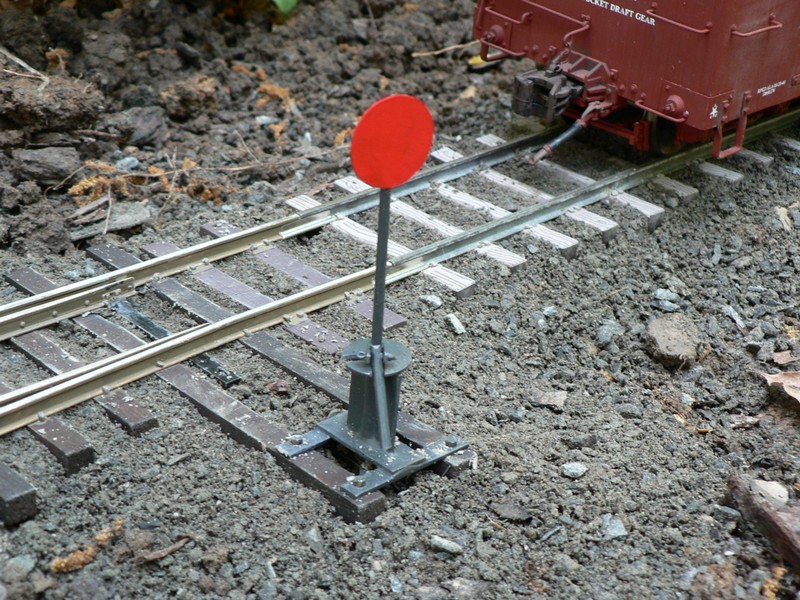Devon, I am guessing a choke cable, they make them with plastic/rubber coating and the old wound wire cover I am guessing would be same as a bicycle brake / shifter cable, as long as you use them occaisionly they will give trouble free operation. Possible every so often squirt some WD40 or similar producet down the line and work them back and forth a few times.
Bruce, those look really cool, how do they put up with your feet? any better than the previous ones?
Thanks to everyone you all have made things clear as mud, as my dad used to say. Meaning everyones answers are all good ones and all have valid points in their favor, all in all please continue with your debate, I am glad I asked this one.
Greg I can see the good points with your set up, I have a small compressor I could move outside when I need it then roll it back into the garage, like someone else asked, does it need a regulator to step the pressure down to 40psi, or do they work fine at 125? I am gong to you site to readup.





